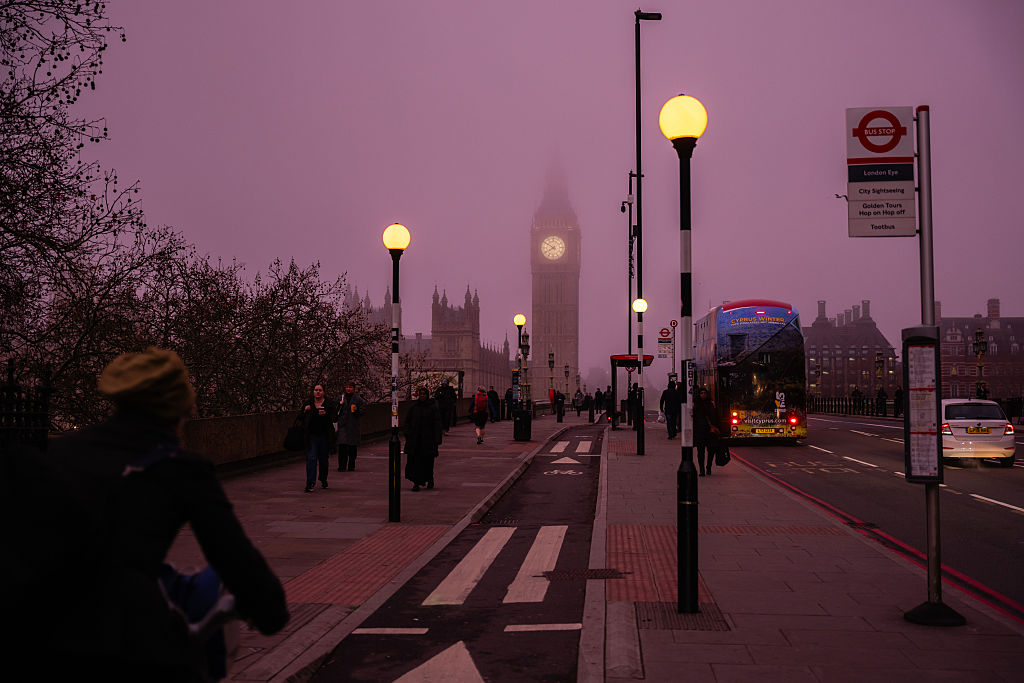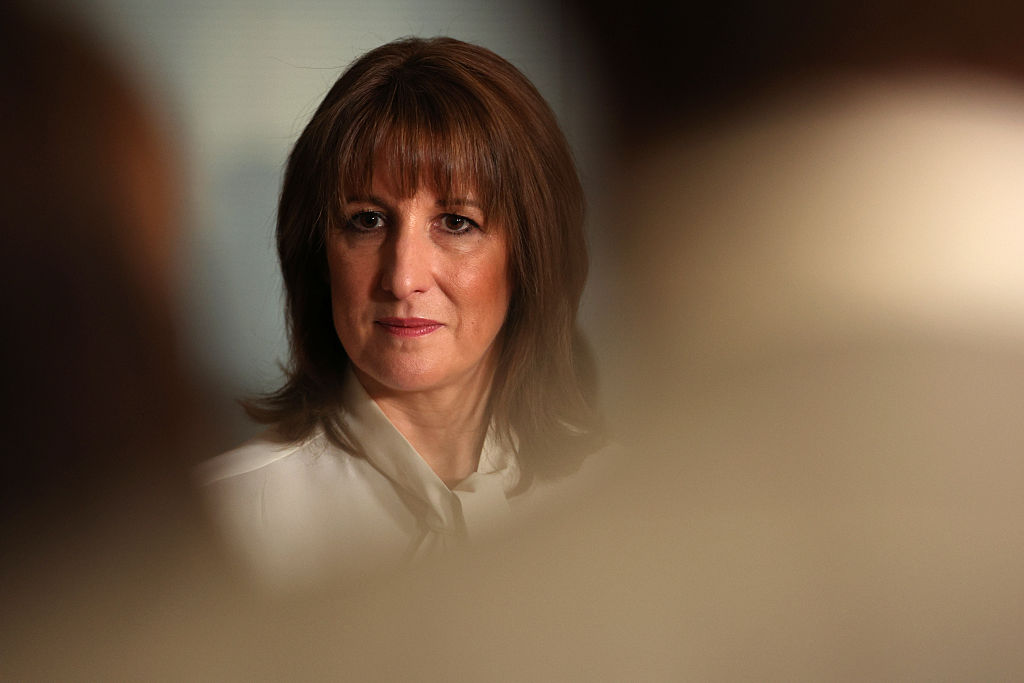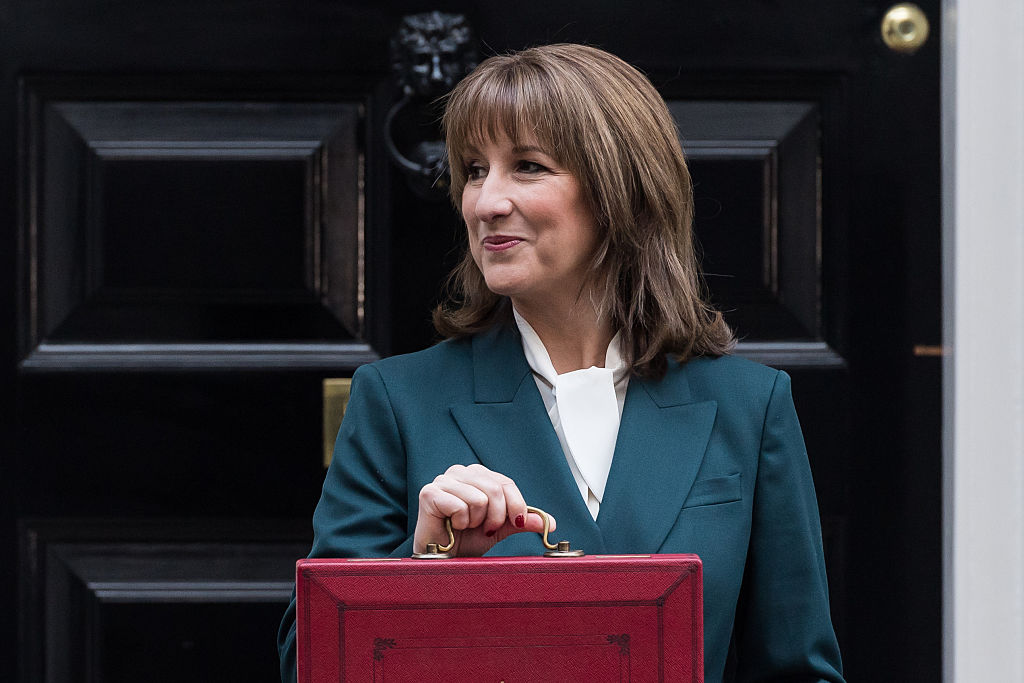Should the pensions triple lock be scrapped?
The pensions triple lock had been a key plank of the government’s offer to older voters, but the promise to gold-plate the state pension is looking increasingly unaffordable.

What is the pensions triple lock?
The pensions triple lock is the guarantee, introduced by the coalition government in 2011, that the state pension is increased each year by either the (CPI) inflation rate, the rise in average earnings, or 2.5% – whichever of those three is the highest. The lock applies to both the “basic” state pension and the higher, flat-rate pension paid to people retiring since April 2016. This year, for example, the pension rose by 3.9% in April, in line with the rise in average earnings last year. But when the government introduced the triple lock, it did not foresee the prolonged stagnation in real earnings growth, which has meant that a guaranteed 2.5% increase has served pensioners very well compared with workers. In the ten years since the financial crisis, state pensions have increased 37% in cash terms, compared with less than 20% for average earnings. The triple lock has become part of the Tory pitch to older voters: it was reaffirmed in the party’s election manifestos in 2015, 2017 and 2019. But now, chancellor Rishi Sunak is reportedly preparing to dump it.
Why does it need unlocking?
The triple lock has been criticised for years as no longer appropriate in an age of low wage rises and growing inter-generational inequality. But now there’s a particular problem due to the wild fluctuations in wages expected as a result of the Covid-19 shutdown. Depending on the depth of the recession and the strength of the rebound, the government could be facing a massive pensions liability as wages fall but then bounce back by as much as 18% in 2021. This year, wages have “artificially” slumped as a result of the furlough scheme. But next year, they are expect to bounce back as people go back to work full-time, or are made redundant. Under the existing triple lock, pensioners will still get 2.5% next year. But in 2022 they’ll benefit from the huge bounce back in 2021 earnings. Plainly, that’s “not fair on working people”, says The Sunday Times. “The triple lock should be stood down and replaced by a double lock to give pensioners 2.5% or the inflation rate.”
What are the figures?
The latest forecasts from the Office for Budget Responsibility (OBR) suggest that average earnings will fall 7.3% in 2020, but rise by 18.3% in 2021. They reckon inflation will be 1.2% this year and 2.3% next year. Of course, these figures may turn out to be way off the mark: there is too much uncertainty about the post-Covid-19 recovery to be sure of much. However, what this scenario means for state pensions is that, with the triple lock still in place, the flat-rate pension would rise by 2.5% in 2021 and 18.3% in 2022. That’s a two-year cumulative rise of 21.3%. For the flat-rate pension received by people who have retired since April 2016, that means a jump from £175.20 a week to £212.45.
MoneyWeek
Subscribe to MoneyWeek today and get your first six magazine issues absolutely FREE

Sign up to Money Morning
Don't miss the latest investment and personal finances news, market analysis, plus money-saving tips with our free twice-daily newsletter
Don't miss the latest investment and personal finances news, market analysis, plus money-saving tips with our free twice-daily newsletter
How does that compare to no triple lock?
If the state pension rose in line with the OBR’s predictions for average earnings, it would increase 9.7% over the next two years (down 7.3%, then up 18.3%). Clearly, that’s still a decent uplift. Or, if the pension rose in line with predicted inflation it would rise by just 3.5% (1.2% and then 2.3%), rising to £192.15 a week. And if the triple lock became a double lock (removing the earnings link), it would increase by 5.1% (two years of 2.5%) over the same period to £184.07. That “double-lock” scenario is what many pundits are expecting to happen – perhaps with a promise of reintroducing the full triple lock after two or three years.
What’s the effect on the public finances?
These might sound like small sums, but there are an awful lot of pensioners. The triple-lock promise “simply wasn’t designed for a world where inflation or earnings are veering so wildly from one year to the next”, says Tom Selby of AJ Bell. According to his analysis, based on previous OBR costings and its estimates for future inflation and earnings, retaining the triple lock for 2021 and 2022 would cost over £22bn more than a straight link to average earnings and £34bn more than if it were only protected in line with inflation. That’s a big chunk of money and compares to overall UK government spending of £109bn on pensioners in 2018-2019 (expected to rise to £115bn in the current year, on OBR figures).
So what will the government do?
The government has two options, says Selby. “Carry on with the state pension triple lock and create a colossal chasm in the public finances, or revisit the policy and risk the wrath of millions of pensioners.” However, any break of the triple lock is likely to kick off a new round of debate about its long-term sustainability. Rather than remove the earnings link, most previous proposals to modify it have proposed removing the 2.5% guarantee. According to the Social Market Foundation, removing that guarantee could save the government £20bn over the next five years.
Is the pensions triple lock really unfair?
Some defenders of the triple lock (such as Stephen Bush in the New Statesman) argue that attacking it on grounds of inter-generational fairness is misconceived. That’s because today’s pensioners are only going to benefit from it for a fairly short period of time. In the long run, the triple lock represents a strengthening of the state’s role in pension provision and the people who will benefit most from decades of guaranteed increases are the young. And there’s certainly a lot of ground to make up. Currently, the UK devotes a much smaller percentage of GDP to state pensions and other benefits for pensioners (around 5%) than most other advanced economies. However, the bigger picture is that the triple lock is already becoming unaffordable, given demographic trends, and Britain already has a relatively big and sophisticated private system; it makes sense to rely more on that to help ease the burden on the state over the longer term.
Get the latest financial news, insights and expert analysis from our award-winning MoneyWeek team, to help you understand what really matters when it comes to your finances.
Simon Wilson’s first career was in book publishing, as an economics editor at Routledge, and as a publisher of non-fiction at Random House, specialising in popular business and management books. While there, he published Customers.com, a bestselling classic of the early days of e-commerce, and The Money or Your Life: Reuniting Work and Joy, an inspirational book that helped inspire its publisher towards a post-corporate, portfolio life.
Since 2001, he has been a writer for MoneyWeek, a financial copywriter, and a long-time contributing editor at The Week. Simon also works as an actor and corporate trainer; current and past clients include investment banks, the Bank of England, the UK government, several Magic Circle law firms and all of the Big Four accountancy firms. He has a degree in languages (German and Spanish) and social and political sciences from the University of Cambridge.
-
 How cancelling unused direct debits could boost your pension by £37,000
How cancelling unused direct debits could boost your pension by £37,000A new year refresh of your spending could save you money and help boost your pension pot.
-
 NS&I cuts interest rates on 8 savings accounts
NS&I cuts interest rates on 8 savings accountsNS&I will now offer less attractive interest rates for customers wishing to lock their savings away to grow for one, two, three or five years.
-
 Why pension transfers are so tricky
Why pension transfers are so trickyInvestors could lose out when they do a pension transfer, as the process is fraught with risk and requires advice, says David Prosser
-
 Modern Monetary Theory and the return of magical thinking
Modern Monetary Theory and the return of magical thinkingThe Modern Monetary Theory is back in fashion again. How worried should we be?
-
 The coming collapse in the jobs market
The coming collapse in the jobs marketOpinion Once the Employment Bill becomes law, expect a full-scale collapse in hiring, says Matthew Lynn
-
 How pet insurance can help cut the costs of vet bills
How pet insurance can help cut the costs of vet billsYou can temper the expense of vet bills with pet insurance. There are four main types to consider
-
 Rachel Reeves's punishing rise in business rates will crush the British economy
Rachel Reeves's punishing rise in business rates will crush the British economyOpinion By piling more and more stealth taxes onto businesses, the government is repeating exactly the same mistake of its first Budget, says Matthew Lynn
-
 The consequences of the Autumn Budget – and what it means for the UK economy
The consequences of the Autumn Budget – and what it means for the UK economyOpinion A directionless and floundering government has ducked the hard choices at the Autumn Budget, says Simon Wilson
-
 Big Short investor Michael Burry closes hedge fund Scion Capital
Big Short investor Michael Burry closes hedge fund Scion CapitalProfile Michael Burry rightly bet against the US mortgage market before the 2008 crisis. Now he is worried about the AI boom
-
 Why the Waspi women are wrong
Why the Waspi women are wrongOpinion Compensation for the Waspi women would mean using an unaffordable sledgehammer to crack a nut, says David Prosser